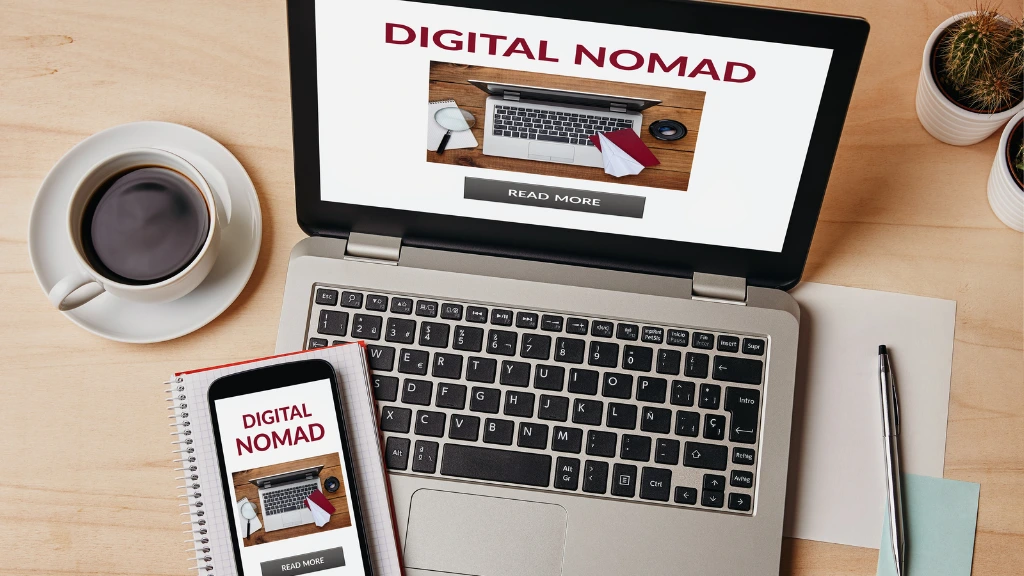Angkor Wat, one of the most magnificent architectural wonders in the world, is a must-visit destination for any traveler exploring Cambodia. As a UNESCO World Heritage site and the largest religious monument globally, Angkor Wat offers a glimpse into the incredible Khmer civilization that flourished from the 9th to the 15th centuries. This travel guide will provide you with essential information, travel tips, and highlights to make the most of your visit to Angkor Wat.
You May Also Like: Lower Antelope Canyon Tour: A Complete Guide to Exploring Arizona’s Stunning Slot Canyon
Getting to Angkor Wat
Location:
Angkor Wat is located just outside Siem Reap, the gateway city for exploring the Angkor Archaeological Park. The temple complex is approximately 6 kilometers (3.7 miles) north of Siem Reap.
Transportation Options:
- By Air: Siem Reap International Airport (REP) is the closest airport, with several international flights connecting to major cities in Asia.
- By Bus: If you’re traveling from Phnom Penh or other cities, several bus companies offer comfortable and affordable transportation to Siem Reap.
- By Car: Renting a car or hiring a taxi for a direct transfer can provide convenience and flexibility for your trip.
Best Time to Visit
The best time to visit Angkor Wat is during the dry season, which runs from November to February. This period offers cooler temperatures and less humidity, making it ideal for exploring the temples. However, this is also the peak tourist season, so expect larger crowds.
If you prefer fewer tourists, consider visiting during the shoulder months of October or March. Be mindful that the rainy season (May to September) can lead to muddy conditions and some temple closures, but the landscape becomes lush and vibrant.
Entrance Fees
To enter Angkor Wat and the surrounding temples, you will need to purchase a pass. The prices are as follows:
- 1-Day Pass: $37
- 3-Day Pass: $62 (valid for 10 days)
- 7-Day Pass: $72 (valid for one month)
These passes allow access to all temples within the Angkor Archaeological Park, including Angkor Wat, Ta Prohm, and Bayon Temple.
Must-See Temples
- Angkor Wat
- Description: The largest and most famous temple, known for its grand scale and intricate carvings.
- Highlight: Sunrise views are breathtaking, with the temple reflected in the surrounding water.
- Bayon Temple
- Description: Famous for its iconic stone faces and intricate bas-reliefs.
- Highlight: Explore the many smiling faces of Avalokiteshvara and the detailed carvings depicting daily life in the Khmer Empire.
- Ta Prohm
- Description: Known for its enchanting atmosphere, with trees growing over and around the ruins.
- Highlight: The temple’s ruins are left largely untouched, creating a mystical feel that was popularized by the movie “Tomb Raider.”
- Banteay Srei
- Description: A smaller temple dedicated to the Hindu god Shiva, renowned for its detailed carvings and pink sandstone.
- Highlight: The exquisite craftsmanship and delicate artwork make it a photographer’s paradise.
- Preah Khan
- Description: A sprawling temple complex that was once a Buddhist monastery and school.
- Highlight: The blend of temple ruins and jungle creates a unique exploration experience.
Tips for Visiting Angkor Wat
- Start Early: Arrive before sunrise to witness the incredible sight of Angkor Wat bathed in the morning light. This is also a great time to avoid crowds.
- Wear Comfortable Shoes: You will do a lot of walking and exploring, so wear comfortable footwear suitable for uneven terrain.
- Stay Hydrated: Bring plenty of water, as temperatures can rise quickly, and there may be limited food and drink options in some areas.
- Hire a Guide: Consider hiring a local guide to enhance your experience. They can provide valuable insights into the history, architecture, and culture of the temples.
- Dress Appropriately: As these are sacred sites, wear modest clothing that covers your shoulders and knees.
- Be Respectful: Follow the rules of the site, especially when it comes to photography and maintaining silence in prayer areas.
Suggested Itinerary
Day 1: Angkor Wat and Surroundings
- Morning: Sunrise at Angkor Wat, explore the temple complex.
- Afternoon: Visit Bayon Temple and explore the nearby Angkor Thom.
- Evening: Return to Angkor Wat for sunset views.
Day 2: The Enchanted Temples
- Morning: Visit Ta Prohm, followed by a trip to Banteay Srei.
- Afternoon: Explore Preah Khan and enjoy the tranquil atmosphere.
Day 3: Cultural Experiences
- Morning: Attend a local cooking class or a traditional Apsara dance performance.
- Afternoon: Visit the Angkor National Museum to learn more about Khmer history.
Additional Activities in Siem Reap
While Angkor Wat is the main attraction, Siem Reap offers various activities and sights to enhance your travel experience:
- Visit the Night Market: Shop for unique souvenirs, local crafts, and street food.
- Explore Pub Street: Experience the vibrant nightlife, with numerous bars, restaurants, and live music.
- Take a Day Trip to Tonle Sap Lake: Discover the floating villages and unique ecosystems of Southeast Asia’s largest freshwater lake.
Conclusion
A visit to Angkor Wat is more than just exploring ancient ruins; it’s a journey into the heart of Cambodia’s history and culture. With its breathtaking architecture, rich heritage, and stunning landscapes, Angkor Wat promises an unforgettable experience. By planning your visit wisely and respecting local customs, you can fully appreciate the beauty and significance of this remarkable site. Pack your bags and get ready to embark on an adventure to one of the world’s most awe-inspiring destinations!










